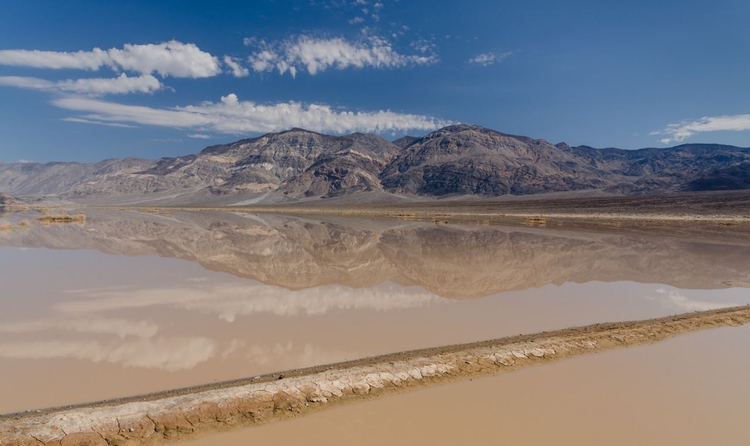The fact that the planet’s highest heat record was set in 1913 does not mean that global warming does not exist

The fact that the planet’s highest heat record was set in 1913 does not mean that global warming does not exist

A podcast with more than 500 plays on iVoox that is also available on other platforms like Castbox dedicated an entire programme to arguing that there are indications that we are moving towards “a period of cooling”, one of them being that the highest recorded temperature “has not been beaten” since 1913.
This claim is MISLEADING. It is true that the highest temperature ever measured on planet Earth officially occurred in 1913 in Death Valley (USA) 109 years ago. However, the fact that the world has yet to officially record a temperature that high again does not mean that there is no global warming, let alone that we are heading towards a period of cooling.
Heat records are being broken all over the planet, as a recent report from the Spain’s State Meteorological Agency (AEMET) points out. They have been ten times more frequent in the past decade than cold records and three times more frequent in the past decade than anticipated.
The heat record has not been beaten since 1913 and that was 109 years ago
It is true that, ever since records have been kept, the official highest temperature ever recorded on Earth dates back to 1913. The record is held by a weather station located in a desert area in California known as Death Valley. The station is 55 metres below sea level, in an area that experiences extremely high temperatures in summer. On 10 July of that year, the thermometer reached 56.7°C, a number that the World Meteorological Organization (WMO) considers the absolute highest record in the world.
But the fact that the highest temperature recorded on planet Earth ever since records began has not changed for 109 years does not mean that there is no climate change, nor is it “evidence” that we are “moving towards a period of cooling”, as claimed in the podcast. That temperatures are increasing has been extensively documented in the reports of the IPCC, the leading scientific body in the assessment of climate change, where the group of experts points out that “human-induced warming has already reached about 1°C (probably between 0.8°C and 1.2°C) above pre-industrial levels (ca. 1850) in 2017, increasing at a rate of 0.2°C (probably between 0.1°C and 0.3°C) per decade”.
In Spain, AEMET stressed in an analysis published in 2021, that “for each record-breaking cold day between 2012 and 2021, there are 10 record-breaking warm days”. A subsequent analysis showed that “in 2022 we broke 6 warm day records versus 2 cold day records”, which means that this “higher frequency of warm days is consistent with the warming observed in recent decades”.
It is important to note that global temperatures are not only measured by weather stations on the earth’s surface, but also via ships, buoys, satellites, etc., as explained by the Grantham Institute of Imperial College London, a British centre that studies climate change.
Records are under constant review
The record high temperature registered in Death Valley was not always considered the highest. “Until 2012, the highest temperature on record was 58°C, measured in the Libyan desert, in the town of El Azizia”, Rubén del Campo, meteorologist and AEMET spokesperson, tells Verificat. The expert explains that the record lasted for 90 years, but was deemed invalid a decade ago “because the register was clearly inconsistent with the meteorological situation and the data from stations in the relative vicinity”.
In fact, the current record of 56.7°C has been called into question by some meteorologists such as Christopher Burt, a meteorologist at the University of Wisconsin Madison (USA). Burt published an informal analysis in 2020 in which he suggests that the Death Valley record has to be re-examined since, according to him, the overall meteorological situation does not appear to account for such high temperatures that day. He also points out that other nearby stations registered values that were clearly much lower. Despite that, the WMO still considers the record of 56.7°C to be valid.